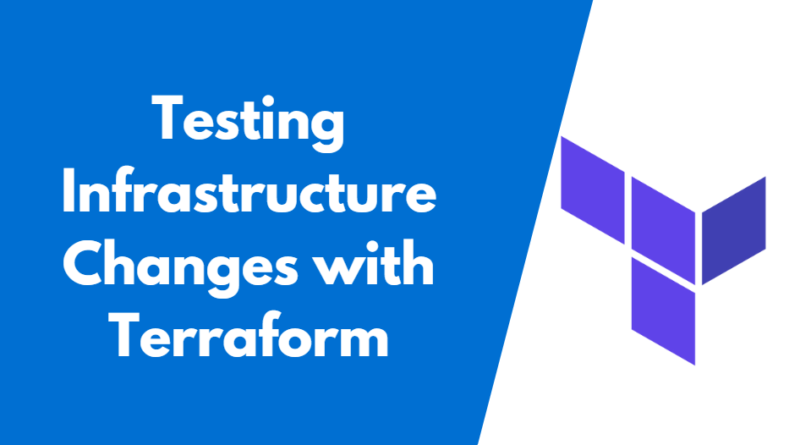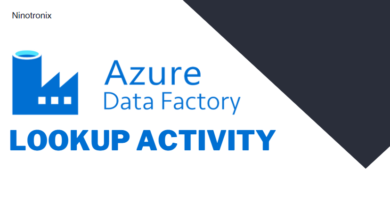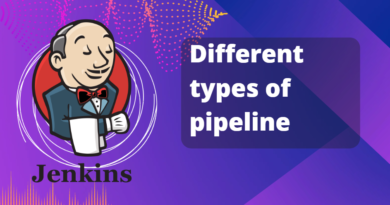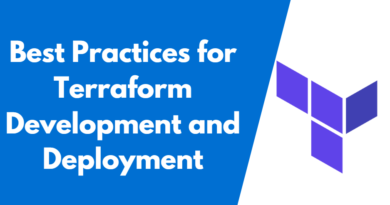Testing Infrastructure Changes with Terraform
Introduction
Terraform is an Infrastructure as Code (IaC) tool that allows users to manage and provision infrastructure in a consistent and repeatable manner. One of the key benefits of using Terraform is that it enables infrastructure changes to be made and tested before being applied to production environments. This article will explore the process of testing infrastructure changes with Terraform.
Why Test Infrastructure Changes?
Testing infrastructure changes is an essential part of the software development lifecycle. Without proper testing, changes made to infrastructure can result in unintended consequences that can cause downtime and other issues. Testing allows developers and operators to catch these issues before they are deployed to production environments.
Terraform provides several tools and features that make it easier to test infrastructure changes. These tools include:
- Plan Command The
terraform plancommand allows users to preview the changes that Terraform will make to infrastructure. This command generates an execution plan that shows the resources that will be created, updated, or deleted. - Apply Command The
terraform applycommand applies changes to the infrastructure based on the execution plan generated by theterraform plancommand. This command allows users to apply changes to infrastructure in a controlled and predictable manner. - Version Control Terraform integrates with version control systems such as Git, allowing users to track changes to infrastructure code over time. This makes it easier to identify and fix issues that arise from changes made to infrastructure.
- Automated Testing Terraform supports automated testing through tools such as Terratest and Kitchen-Terraform. These tools allow users to write automated tests that verify that infrastructure changes work as expected.
Best Practices for Testing Infrastructure Changes with Terraform When testing infrastructure changes with Terraform, it is important to follow best practices to ensure that changes are properly tested and do not cause unintended consequences. Some best practices to follow include:
- Use Separate Environments To properly test infrastructure changes, it is important to have separate environments that mimic production environments. This allows developers and operators to test changes in an environment that closely resembles production without risking downtime or other issues.
- Implement Continuous Integration and Deployment (CI/CD) CI/CD pipelines can automate the testing and deployment of infrastructure changes. This allows for faster and more reliable testing, reducing the risk of downtime and other issues caused by changes made to infrastructure.
- Use Infrastructure as Code Infrastructure as Code ensures that infrastructure changes are repeatable and predictable. By treating infrastructure as code, changes can be easily tested and rolled back if necessary.
- Write Comprehensive Tests When testing infrastructure changes, it is important to write comprehensive tests that cover all aspects of the changes being made. This includes testing for edge cases and failure scenarios to ensure that changes do not cause unintended consequences.
Conclusion
Testing infrastructure changes is an essential part of the software development lifecycle. Terraform provides several tools and features that make it easier to test infrastructure changes, including the terraform plan and terraform apply commands, version control integration, and support for automated testing. By following best practices such as using separate environments, implementing CI/CD, using Infrastructure as Code, and writing comprehensive tests, developers and operators can ensure that infrastructure changes are properly tested and do not cause unintended consequences.




